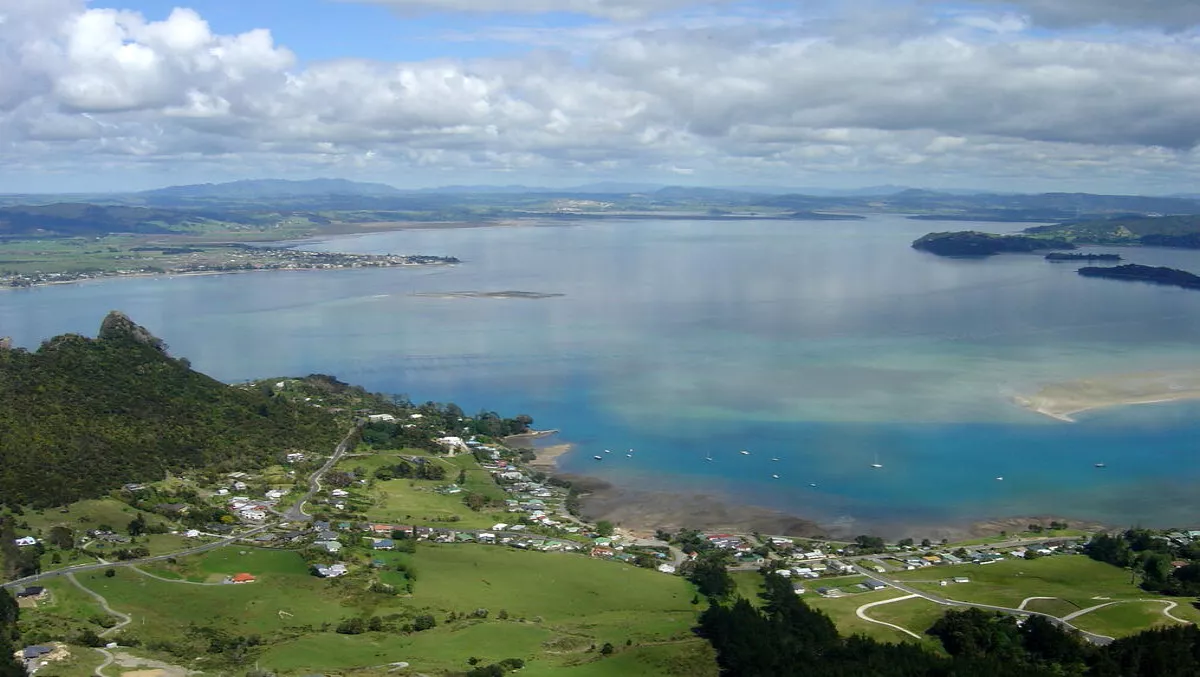
Whangarei becomes NZ’s first fully-fibred city
Whangarei has become the first city in New Zealand to be fully-fibred under the Government’s Ultra-Fast Broadband initiative, Communications and Information Technology Minister Amy Adams has announced.
Adams joined Prime Minister John Key at Manaia View School in Whangarei yesterday - the place where the UFB initiative first kicked off in December 2010 - to celebrate the completion of the project.
“I want to congratulate Northpower for completing the roll out of UFB in Whangarei," Adams says.
"As the first fully-fibred city in New Zealand, Whangarei is in the enviable position of getting a head start on the rest of the country.
“Thanks to this government initiative, thousands of people in the Whangarei community now have access to fibre, including 1700 businesses, 200 healthcare providers, 26 schools and two hospitals.
“The adoption of fibre will bring many benefits to the Whangarei community.
“For example, schools now have access to the latest technology and students are able to take part in virtual classrooms and courses that might not be available at their own school.
“Teachers at Manaia View School say learning over UFB has also improved numeracy and literacy and greatly increased student engagement. Students are even coming to school early to use the UFB network."
According to Adams, the Whangarei economy will now have greater opportunities to become a hub of innovation.
"In particular, fibre-enabled applications and services, such as cloud computing and teleconferencing facilities, will make it easier for Whangarei companies to do business with the rest of the world," Adams adds.
“And, faster broadband offers the potential to deliver healthcare in new and innovative ways, including by enabling remote consultation and the rapid transfer of medical records and images.”
Adams also released the latest quarterly report on the Government’s UFB and rural broadband programmes, with an additional 57,000 end users gaining access to fibre over the three months to 31 March 2014.
This means more than 420,000 end users are now able to connect to the UFB network in 29 towns and cities across New Zealand.
Under the Rural Broadband Initiative (RBI), more than 187,000 rural homes and businesses now have access to fast wireless broadband, and over 66,000 rural homes and businesses have access to improved copper broadband services.
More than 2100 schools now have fibre installed and ready for service.
In addition, 40 of the most remote rural schools in New Zealand have received access to broadband capable of peak speeds of at least 10 megabits per second (about four times faster than previous services).
Over the last quarter, the number of customers signing up to a service under the UFB programme has jumped by about 37 per cent, taking the total number to more than 27,000.
Adams says this is in line with government expectations and overseas experiences at this stage of deployment, when there is still nearly six more years to complete the UFB build.

